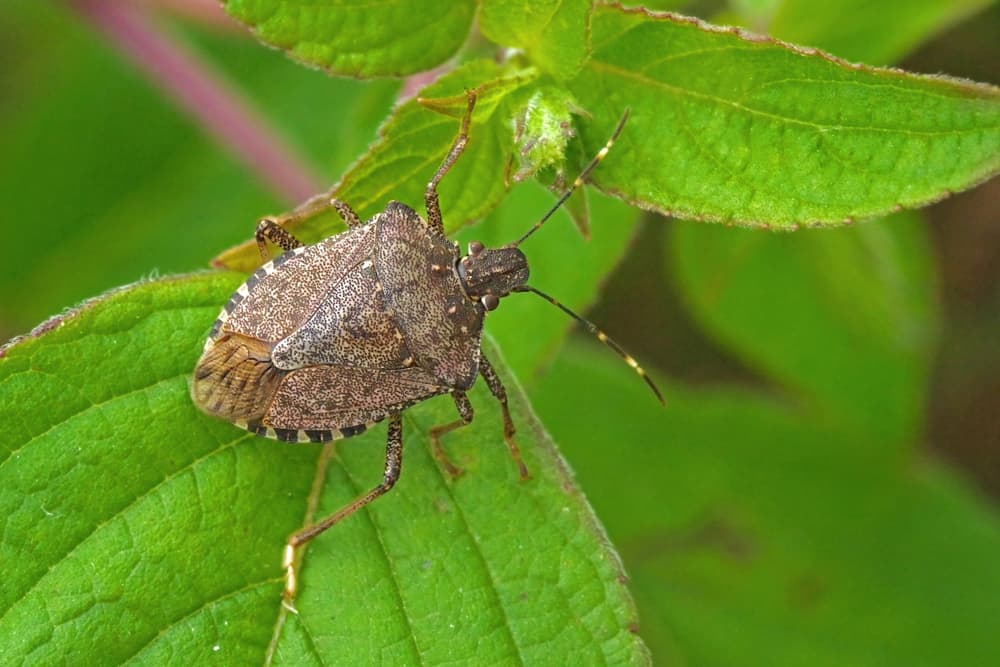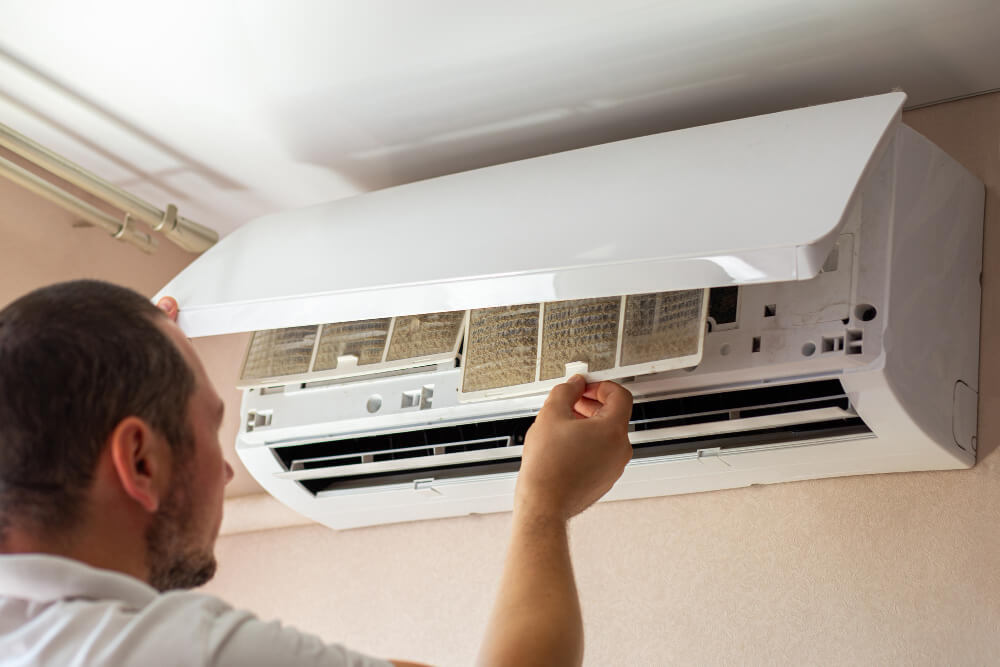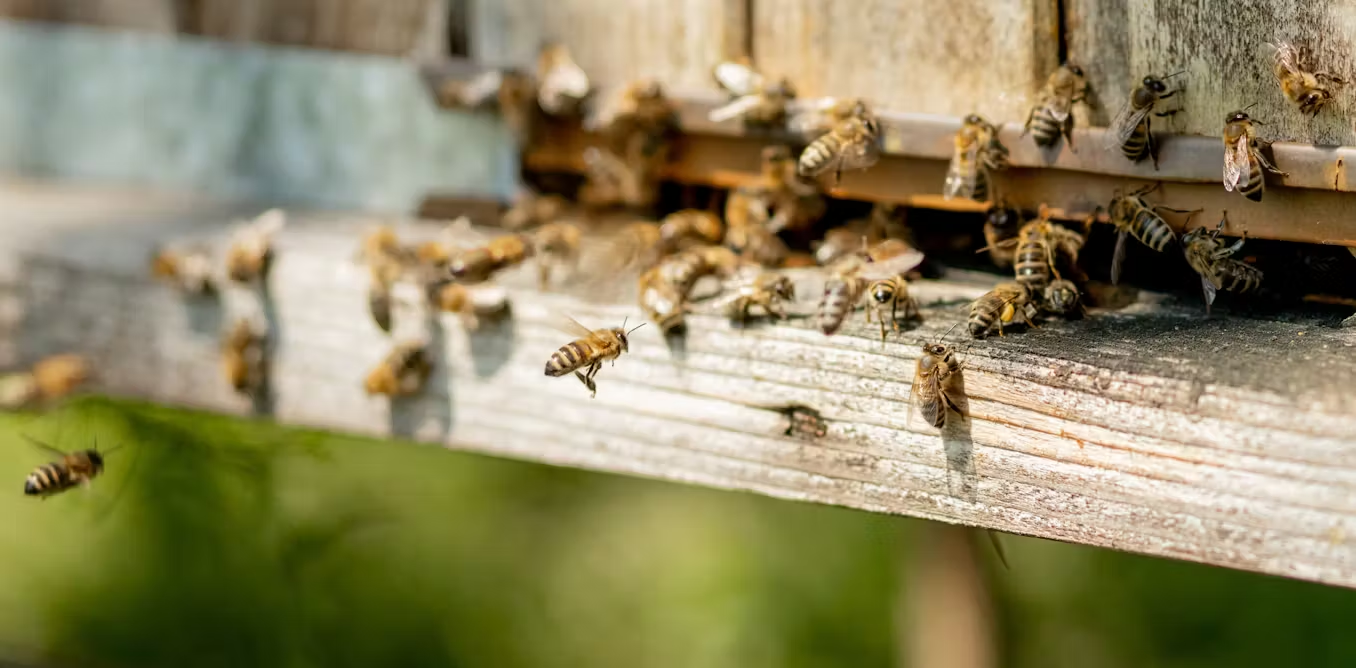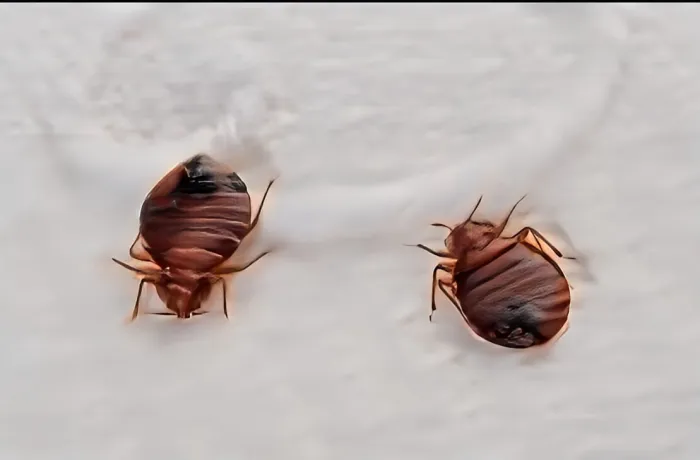Having babies and young children in the house makes managing pest problems infinitely more difficult. Parents are torn between the need to eradicate pests and the desire to keep children from dangerous chemicals and methods. Children’s developing organs and higher metabolic rates make them especially susceptible to pesticide exposure. And with their natural curiosity and impulse to put things in their mouths, this risk is compounded.
Luckily, there are many child-friendly pest control methods that Exterminator Services in Portland can use to eliminate unwanted insects and rodents while providing a safe environment for your children. Use this guide for child-safe pest control techniques that actually work to adopt a family-friendly approach to pest management.
6 Strategies For Pest Control For Families With Young Children
Fix it before it becomes a problem
Prevention is still the best pest control strategy, the safest and most effective approach. Use child-safe caulking materials to seal cracks and crevices in walls, floors, and foundations. Put up door sweeps and fix torn window screens to close entry points. Store foods in airtight containers, and clean up spills promptly. That keeps bits of food and pest eggs from becoming a problem before they are.
Using child-safe baits and traps
If prevention does not work, explore child-safe alternatives to conventional pesticides. Use tamper-resistant bait stations in children’s access-free areas. Mechanical traps for mice and rats should be located only in places your children cannot reach, like behind large appliances or in sealed utility spaces. Insect sticky traps will work when set in cabinets with child-safety locks.
Explore Natural Deterrents
Many natural substances are highly effective in repelling pests without the risk of poisoning children. Diatomaceous earth (food grade) is effective on most crawling insects by damaging their exoskeletons. Diluted essential oils (peppermint, lavender, and citrus) can repel a variety of pests when applied to specific target areas. Boric acid (used as directed in cracks and crevices out of reach of children) gives lasting protection against many insects.
Maintain a Clean Environment
Simple cleanliness takes care of about 80% of household pest issues. Cleaning frequently disrupts pest habitats and gets rid of attractants. Pay special attention to kitchens and dining areas, wiping down counters and keeping floors crumb-free. At some less obvious spots, like under refrigerators and stoves, where food debris collects before it is so great it makes mention of itself.
Adopt Integrated Pest Management (IPM)
IPM is a structured approach that integrates different control strategies to reduce pesticide use. This encompasses tracking pest activity, identifying specific pest species, applying targeted control measures, and assessing results. In fact, IPM seeks to employ the least hazardous methods first and only resorts to more aggressive treatments when they are warranted, making it particularly suitable for homes with young children.
Time Treatments Strategically
If you must resort to chemical treatment, do so when children will be out of the home for a number of hours or even days. Read product instructions closely on how long to stay out safely. Try to treat rooms one by one, closing them off from the rest of the house until it is safe for children to come back inside. Always ventilate the treated areas thoroughly before children are allowed back into these areas.
Talk To a Pest Control Service!
Hiring a professional may become important when a pest problem remains despite your best mitigation efforts. Find pest control companies that specifically promote family-friendly or child-safe services. They are trained in low-risk methods and have access to products and tools that are not available to the public. Before you schedule service, make sure to let the technician know that you have young kids in the home and inquire about their child-safe protocols.
Ask for specific details about any treatments they recommend, including safety measures, ingredients, and how long children should be kept out of areas. Now, countless companies have adjusted their offerings so that they will evaluate your situation and, based on their expertise, recommend some DIY solutions before you pay for professional treatment.




